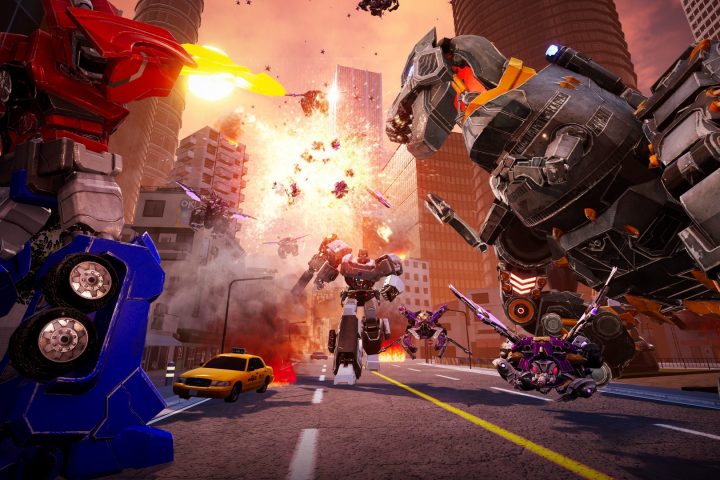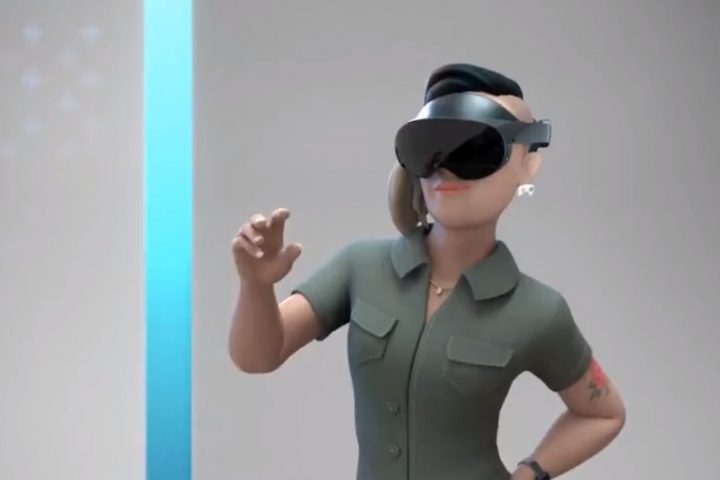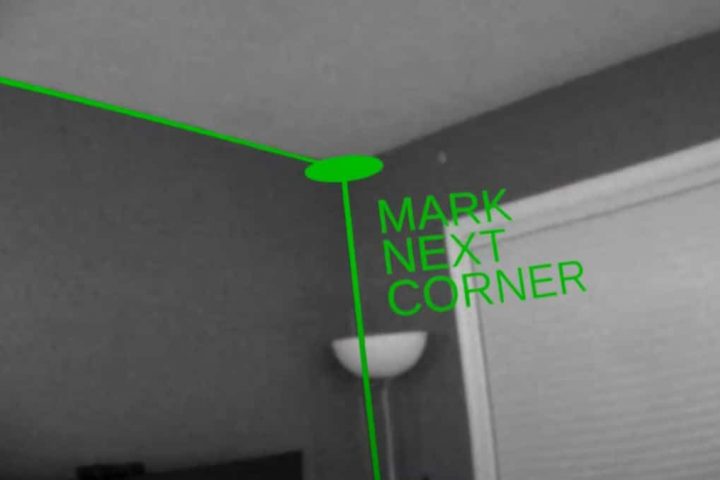
VB LIVE:
VR creates infinite possibilities, but it’s still a brave new world where best practices are only just being discovered. Join our latest interactive VB Live event to learn how to use VR to give customers a whole new way to see, touch, interact and engage.
“SeaWorld is different from other theme parks,” says Crystal O’Hea, senior director of the SeaWorld Parks and Entertainment innovation group. “My team’s mission is to really think about new, compelling ways for our guests to connect with our animal stories and ‘wild wonders of the west.’”
Her team, called Expedition X, looks for new technology, trends, creative partnerships for future development, and their eye has been on virtual reality for a couple of years now, exploring not just what’s possible, but what’s effective.
“We went into three of our parks and filmed about 36 different animals to really start to understand what would be most interesting if we brought live-action VR to our guests?” O’Hae explains. “What animals are compelling, what types of experiences are exciting? I don’t know that anyone is mastering it because it’s just evolving so rapidly. Consumers are catching up with it just as fast as content producers are.”
When SeaWorld develops attractions and experiences for their guests, they’re thinking about three things, she says: They want to encourage guests to explore the natural world around them, inspire them to care about the world, and leave feeling compelled to take action to protect the world around them.
“How can technology complement those experiences to deepen a guest’s understanding of what’s at stake, or an understanding of the magnificence of the animal that they’re looking at?” she says. “Whatever the mechanism, we’re really trying to think about the meaningful story for our guests. And then we’re looking at what type of technology can deliver that experience.”
Their first live action VR, called Orca 360, just opened at SeaWorld San Diego about two weeks ago. It’s a seven-and-a-half minute 3D stereoscopic live action film which takes guests under the water and eye to eye with real killer whales.
“In this scenario, we’re really looking at VR to help tell a story,” says O’Hae. “We’re taking guests behind the scenes to see what happens when there aren’t guests in the stadium, and showing them how these animals are cared for 24/7.”
Kraken Unleashed, which opened in SeaWorld Orlando this summer, was the company’s first experience with a VR roller coaster. It took the opportunity to overlay an existing coaster with a new storytelling VR experience. But it was also an opportunity to refresh guests’ interest in an existing attraction in a brand new way.
“If we were to go build another roller coaster, the cost and the infrastructure and the time it would take to do that would be very costly. VR provides a nontraditional way for us to deliver a whole new experience for our guests faster and at less expense,” she says. “It really gives us a new way to get guests to come back over and over and over again.”
One of the most-often talked about challenges in the VR world is that there are 35 million machines in field, in various formats — from mobile devices like Samsung Gear VR and Google Daydream, to the higher-end devices like the Playstation VR and HTC Oculus — and that’s not actually a very large number.
However, for companies interested in creating content for controlled experiences, where the consumer is handed the gear on your turf rather than having to invest in it at home, greater household adoption becomes the real challenge.
“From a content creator standpoint, as more people are introduced to VR at home, the demand for quality content and unique use of VR content is going to grow,” she says. “If I can have a regular cheeseburger in my living room, then the cheeseburger that I buy at a theme park better be the most magnificent cheeseburger I’ve ever had.”
The other challenge is that families pay to come to theme parks to spend time together — and that clearly can be tricky if everyone’s got gear strapped on their heads. They also want to continue to complement live animal encounters, rather than replace them — and capture the interest and attention of this new generation of tech-saturated kids, from whom digital interaction is second nature.
“We think about how the next generation is consuming knowledge and information and the on-demand nature of it that is essential,” she says. “If a child or one of our guests wants to learn more right now, we need to be able to give them new, entertaining ways and tools to do that quickly.”
For instance, if you see a fascinating penguin, rather than having to walk over to read a sign about penguins, an augmented reality experience is able to capture that moment immediately and transform it into an amaze-and-delight experience.
“When we think about tech and VR and AR, we want to do it in a way that provides joy,” O’Hae says. And that’s one of the best and brightest promises of virtual reality technology.
Don’t miss out!
In this webinar you’ll:
- Hear the results – for the first time – of the latest VR market research
- Discover the compelling business case for VR
- Understand why consumer-generated VR content is important to business
- Find out how companies are using VR content to strengthen their bottom line
- Learn what’s next in the VR content world
Speakers:
- Taylor Freeman, CEO, of Upload, Inc.
- Crystal O’Hea, Senior Director Expedition X, SeaWorld Parks and Entertainment
- Stewart Rogers, Director of Technology, VentureBeat
Source: Unlocking the power of VR storytelling — whatever business you’re in (VB Live)




